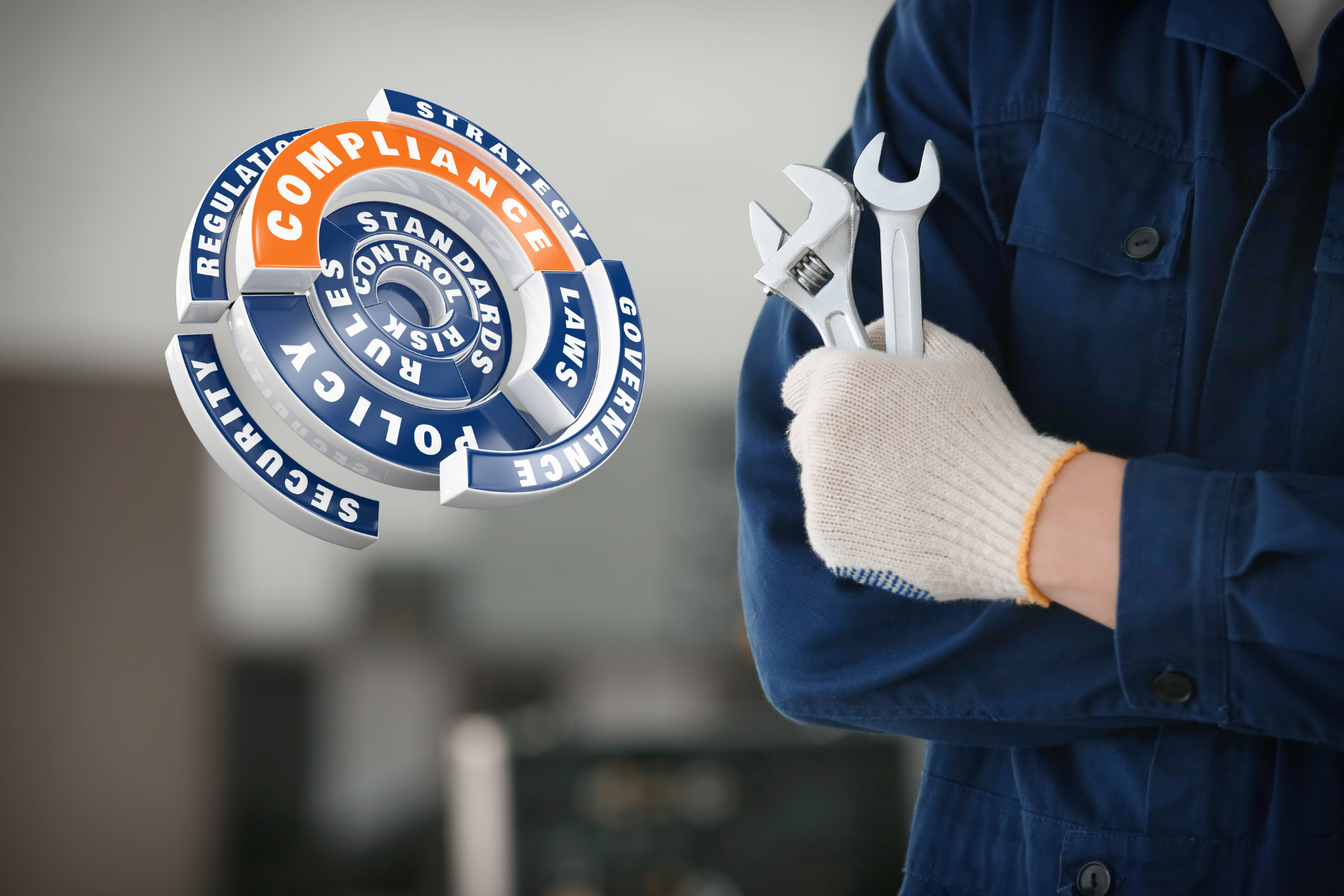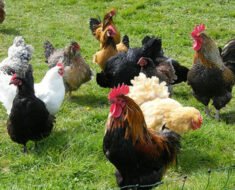Does your dog keep pawing at you, demanding attention every few minutes? It can be frustrating when your furry friend insists on pawing, especially when you’re busy or just want a moment of calm.
But what if you could teach your dog a better way to get your attention—one that’s respectful, effective, and actually strengthens your bond? You’ll discover simple, teachable alternatives to pawing that will help your dog communicate with you in a way that feels good for both of you.
Keep reading, because changing this behavior could make your daily interactions more peaceful and enjoyable than ever.

Credit: www.patriciamcconnell.com
Why Dogs Paw For Attention
Dogs paw for attentionbecause they want to connect with you. They may feel lonely, bored, or hungry. Sometimes, pawing shows they want to play or need something. Puppies learn pawing gets a reaction. This makes pawing a habit.
When you pet or look at your dog after pawing, it teaches them this works. Over time, pawing becomes their way to say, “Notice me!”
Signs Your Dog Wants Attention
Dogs use body languageto show they want attention. Watch for pawing at you, licking your hand, or nudging your arm. Tail wagging can mean excitement but also a plea for focus. Eye contactoften signals a desire to connect.
Behavior patterns to watch include restlessness, pacing, or standing close by. Some dogs may bark softly or whine to get noticed. They might sit or lie down near you, hoping you will pet them. Repeatedly bringing toys or dropping them at your feet also means they want interaction.
Teaching Alternative Behaviors
Teaching your dog sit and stay commandshelps reduce pawing for attention. These commands create clear rulesyour dog can follow. Start by asking your dog to sit. Reward them with a treat when they do. Next, add the stay command to encourage patience. Practice these commands often in short sessions.
Teaching calmness on cueis key. Use a word like “calm” or “easy” to signal your dog. When your dog stops pawing and stays calm, say the cue and give a treat. This helps your dog connect calm behaviorwith rewards.
| Step | Action | Benefit |
|---|---|---|
| 1 | Ask your dog to sit | Sets a clear command |
| 2 | Use stay command | Builds patience and control |
| 3 | Use calm cue word | Signals calm behavior |
| 4 | Reward calmness | Reinforces good habits |

Credit: www.reddit.com
Reward-based Training Techniques
Positive reinforcementmeans giving your dog a treat or praise when it behaves well. This helps your dog learn good habits. Rewards must come right aftergood behavior. This way, your dog knows what earned the treat.
Timingis very important. Giving a treat too late can confuse your dog. Be quick and clear. Always stay consistentwith rewards. Use the same treats or praise every time your dog stops pawing.
Practice often. Short, frequent training sessions work best. This keeps your dog focused and happy. Over time, your dog will choose good behavior to get rewards. This reduces pawingfor attention.
Ignoring Pawing To Reduce Attention-seeking
Ignoring pawinghelps dogs learn that this behavior won’t get attention. It stops the habit from growing stronger. Be consistent. Do not look at, talk to, or touch your dog while pawing. Any small reaction can reinforcethe behavior.
Withholding attention means staying calm and patient. Stand or sit quietly until your dog stops pawing. Once the dog is calm, give attention or treats. This teaches that calm behaviorgets rewards, not pawing.
Unintentional reinforcement happens when people accidentallyreward pawing. This includes eye contact, talking, or petting. Everyone in the home must follow the same rules. Consistency is the key to success.
Using Toys And Activities As Alternatives
Dogs often paw for attention because they feel bored or restless. Giving them toyshelps redirect this energy. Toys like balls, ropes, or chew toys keep dogs busy. Interactive toysthat challenge their mind can be very helpful. Puzzle feeders or treat-dispensing toys make dogs think and work for rewards.
Playtime with your dog is a great way to use their energy. Short games of fetch or tug-of-war are fun and tiring. These activities reduce the need for pawing since dogs get the attention and exercise they need. Consistent play builds a stronger bond between you and your dog.
Managing Pawing In Different Settings
At home, ignore your dog’s pawing to reduce the behavior. Give attention only when your dog is calm and not pawing. Teach a simple command like “sit”or “stay”and reward with treats or praise. This shows your dog how to ask for attention politely. Consistency is key. All family members should follow the same rules to avoid confusing the dog.
In public, distractions can make pawing worse. Use a leash to keep control. Redirect your dog’s pawing by asking for a different behavior, like sitting or looking at you. Carry treats to reward good behavior immediately. Stay calm and patient, as public places are exciting and can cause your dog to seek attention more.

Credit: www.tvi-mp3.com
Common Training Challenges
Persistent pawingcan be tough to manage. Dogs use pawing to get your attention quickly. Teaching them better wayshelps reduce this behavior. Consistency is key. Reward calm actions, like sitting quietly, instead of pawing.
Different breeds may need different approaches. Some dogs are naturally more energeticor clingy. Adjust training speed and rewards to fit your dog’s style. Small breeds may respond well to gentle commands, while larger breeds might need firmer guidance.
Patience helps. Changing pawing habits takes time. Use short, clear commands. Repeat often but stay calm. Mixing treats and praise works well to teach positive alternatives.
Maintaining Long-term Behavior Change
Consistencyamong all family members is key to stopping pawing behavior. Everyone must follow the same rules and use the same commands. Mixed signals confuse dogs and slow progress.
Practice the teachable alternatives every day. Short, frequent sessionswork best. Reward good behavior quickly to help your dog learn fast.
Keep calm and patient. Dogs respond better to gentle guidance than to shouting. Praise and treats encourage them to repeat good actions.
Remember, behavior change takes time. Stay firm but kind. Celebrate small wins to keep motivation high.
Frequently Asked Questions
How Can I Stop My Dog From Pawing For Attention?
Teach your dog alternative behaviors like sitting or lying down for attention. Reward calm, non-pawing actions consistently. Avoid reinforcing pawing by ignoring it. Use positive reinforcement to encourage desired behavior, helping your dog learn better ways to seek attention.
What Are Effective Teachable Alternatives To Pawing?
Teach your dog to sit, stay, or fetch a toy instead of pawing. Use treats and praise to reward these behaviors. Consistency is key. These alternatives redirect your dog’s energy and attention-seeking in a positive way, reducing unwanted pawing.
Why Does My Dog Paw For Attention?
Dogs paw for attention because they want interaction or to communicate needs. It’s a learned behavior that gets results if rewarded. Understanding this helps you replace pawing with better ways to get attention, improving your dog’s behavior and your bond.
How Long Does It Take To Stop Pawing Behavior?
Stopping pawing depends on consistency and training frequency. Most dogs improve within weeks of consistent, positive reinforcement training. Patience and regular practice are essential. Avoid rewarding pawing to speed up the learning process and promote lasting behavior change.
Conclusion
Stopping your dog’s pawing for attention takes patience and care. Teach your dog new ways to ask for love. Reward calm and gentle behaviors instead of pawing. Use clear and consistent signals to guide your dog. This helps build trust and good habits.
Your dog will feel happy and secure. Training takes time, but the results are worth it. Enjoy a stronger bond with your furry friend. Keep practicing and stay positive every day.





